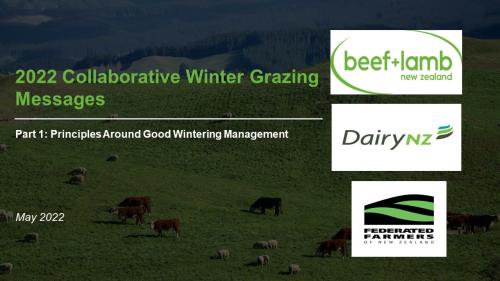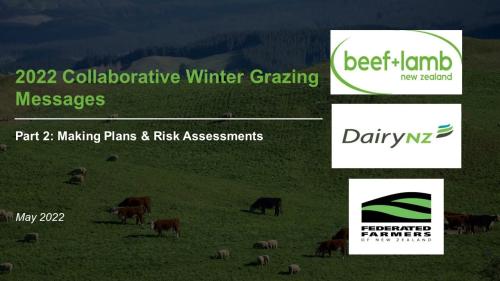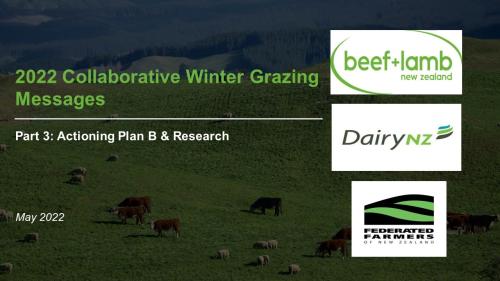Search results
Displaying 391 - 400 results of 1162
- NewsBeef + Lamb New Zealand’s (B+LNZ) Māori Agribusiness team recently hosted an event in Tai Tokerau to strengthen ties with Māori farmers and whenua …
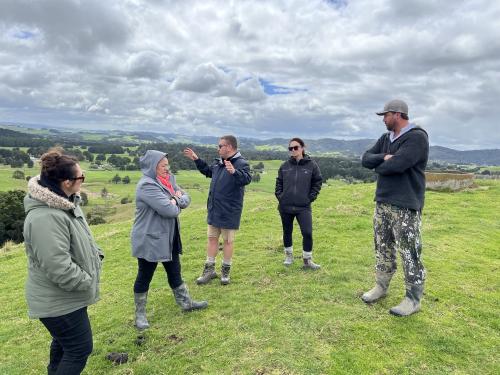
- Podcast… with Dr David Stevens from AgResearch about feed planning, ewe nutrition, and the key factors …
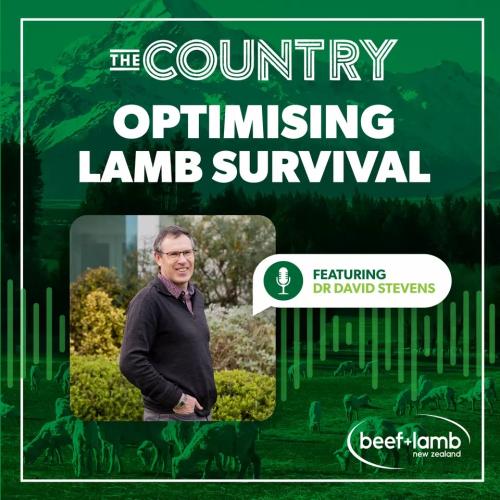
- News… heifers can generate a significant return on feed consumed, there are factors that need to …
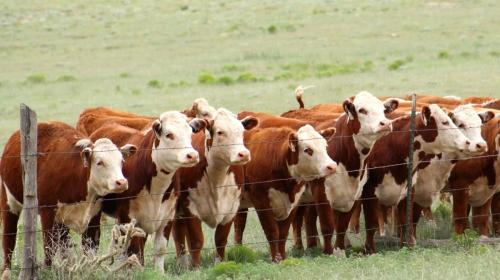
- Industry data… numbers east coast marlboroughcanterbury due feed shortages from dry conditions … during mating poor average due lower overall feed availability scanning ewe pregnancy … results were 510 lower due dry conditions feed shortages reduces potential lambing …
- Video… still remain the same for 2022. Careful planning for winter allows you to winter …
- Video… still remain the same for 2022. Careful planning for winter allows you to winter …
- Video… still remain the same for 2022. Careful planning for winter allows you to winter …
- Resource book… lambs grow faster low worm contamination feed regular drenching reduce effects daily … try graze young calves low worm contamination feed andor share grazing area adult cattle … management grow lambs faster providing feed low worm contamination regular drenching …
- Other PDF… onfarm infrastructural damage some cases feed supply constraints farmers continue … manage way through coming months generally feed supplies were adequate when cyclones hit … meant significant disruptions sowing winter feeds regrassing during winter pasture growth …
- … more information any inquiries relating feedback please contact lauren phillips 027 … south island 13 september 2019 section feedback general submissions plan change 7 lnz … rules meet requirements s70 rma relevant planning considerations nitrogen discharge …
